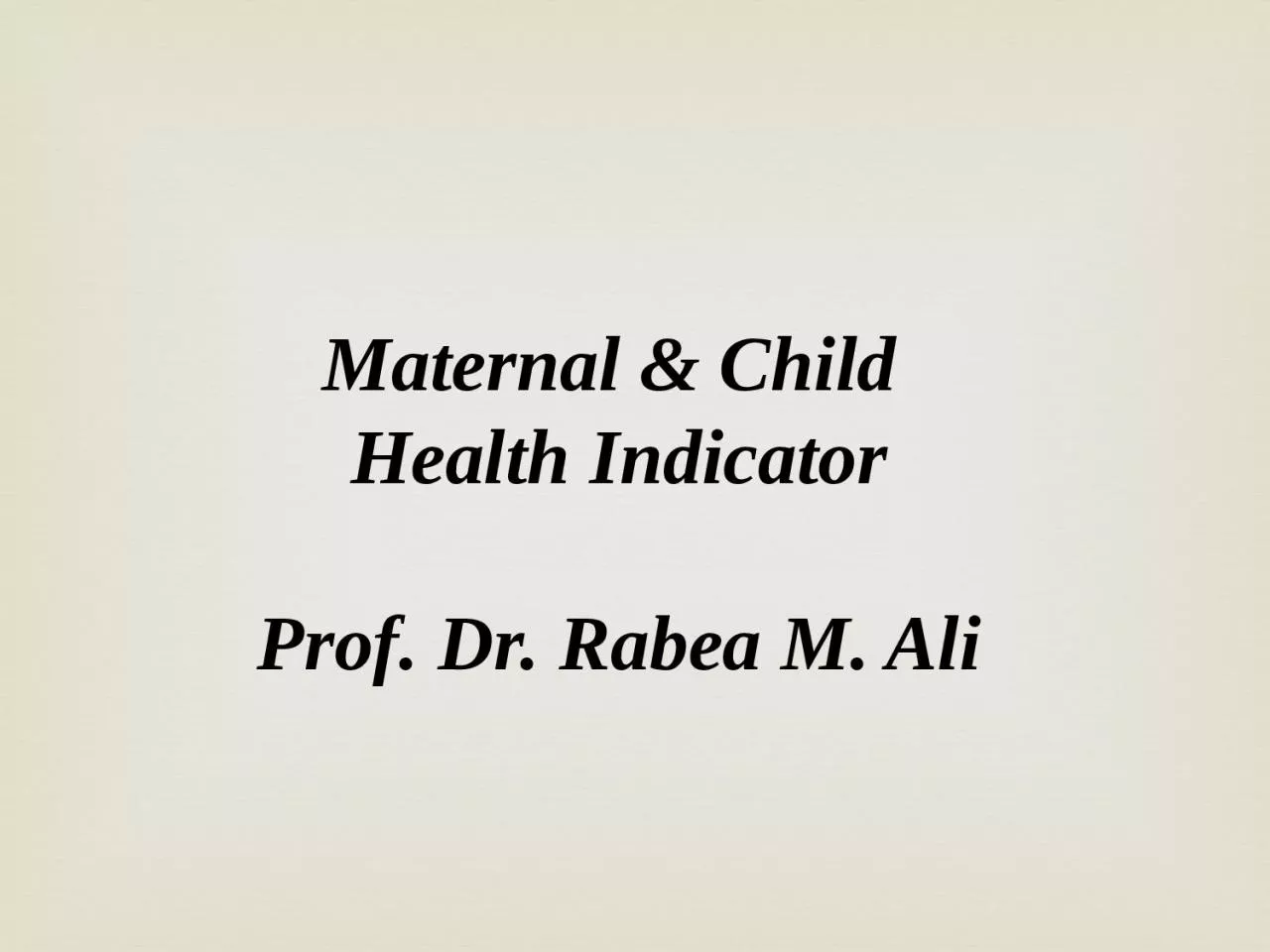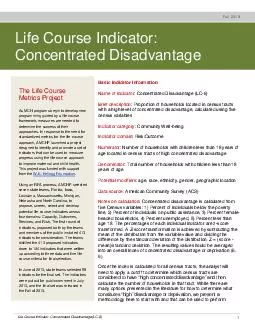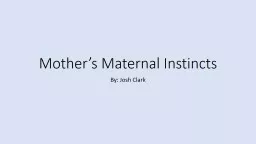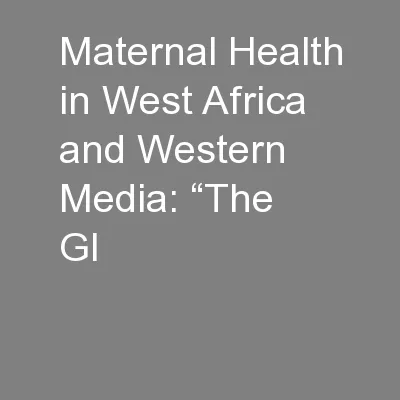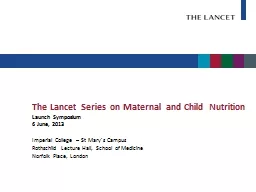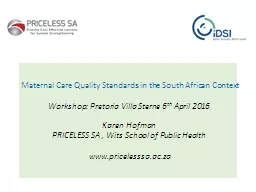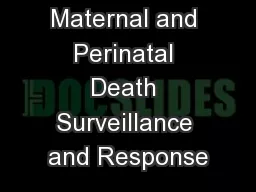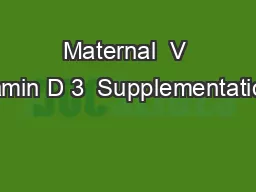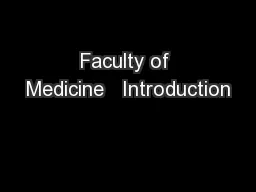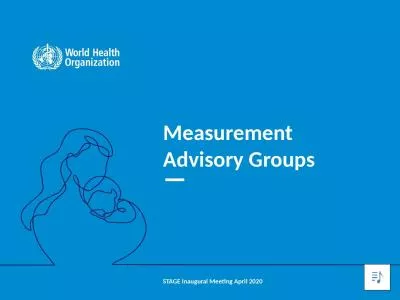PPT-Maternal & Child Health Indicator
Author : CountryBumpkin | Published Date : 2022-07-28
Prof Dr Rabea M Ali 1Reduction in maternal perinatal infant and childhood Mortality amp Morbidity 2Promotion of reproductive health 3Promotion of physical and
Presentation Embed Code
Download Presentation
Download Presentation The PPT/PDF document "Maternal & Child Health Indicator" is the property of its rightful owner. Permission is granted to download and print the materials on this website for personal, non-commercial use only, and to display it on your personal computer provided you do not modify the materials and that you retain all copyright notices contained in the materials. By downloading content from our website, you accept the terms of this agreement.
Maternal & Child Health Indicator: Transcript
Download Rules Of Document
"Maternal & Child Health Indicator"The content belongs to its owner. You may download and print it for personal use, without modification, and keep all copyright notices. By downloading, you agree to these terms.
Related Documents

